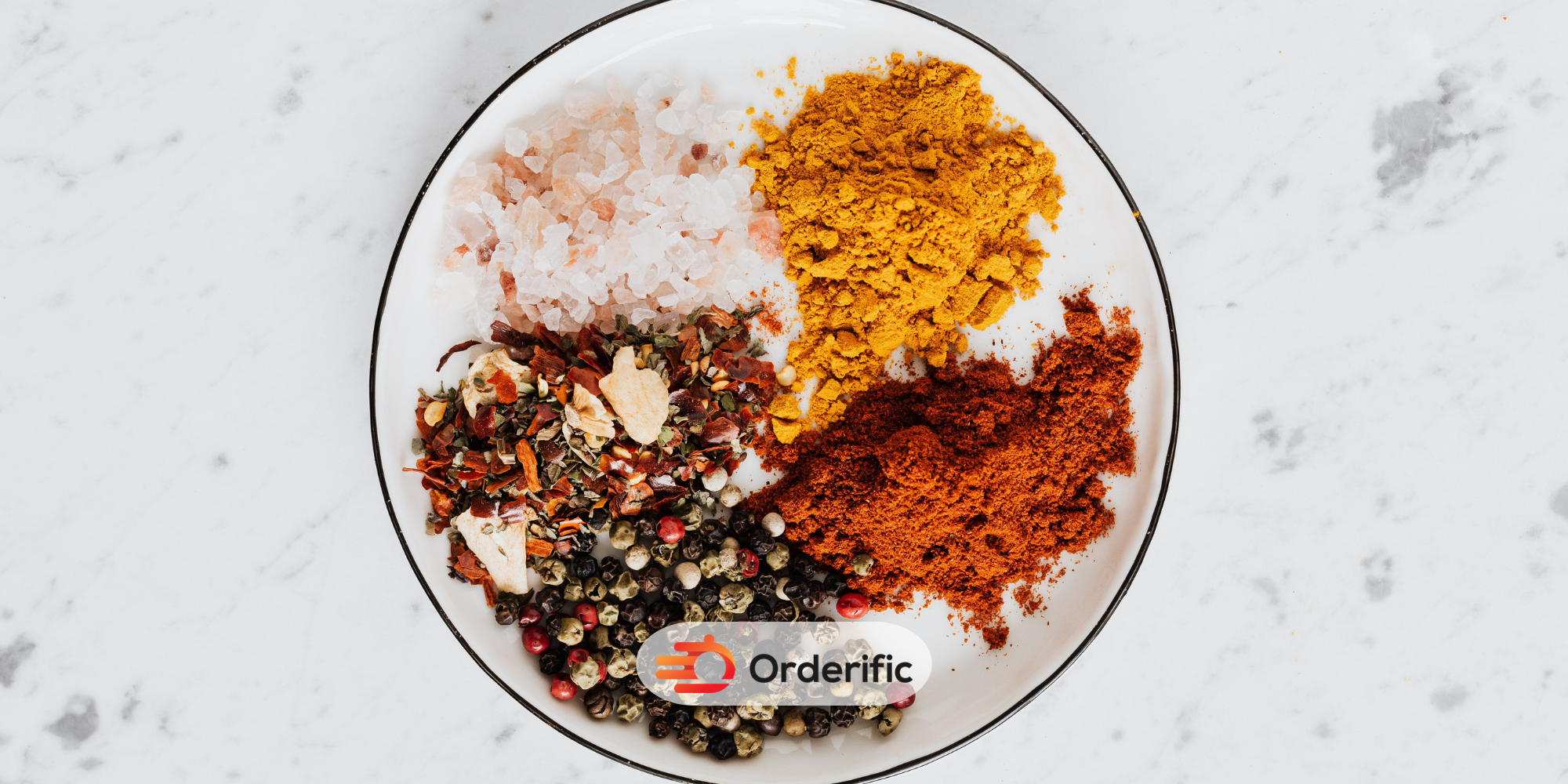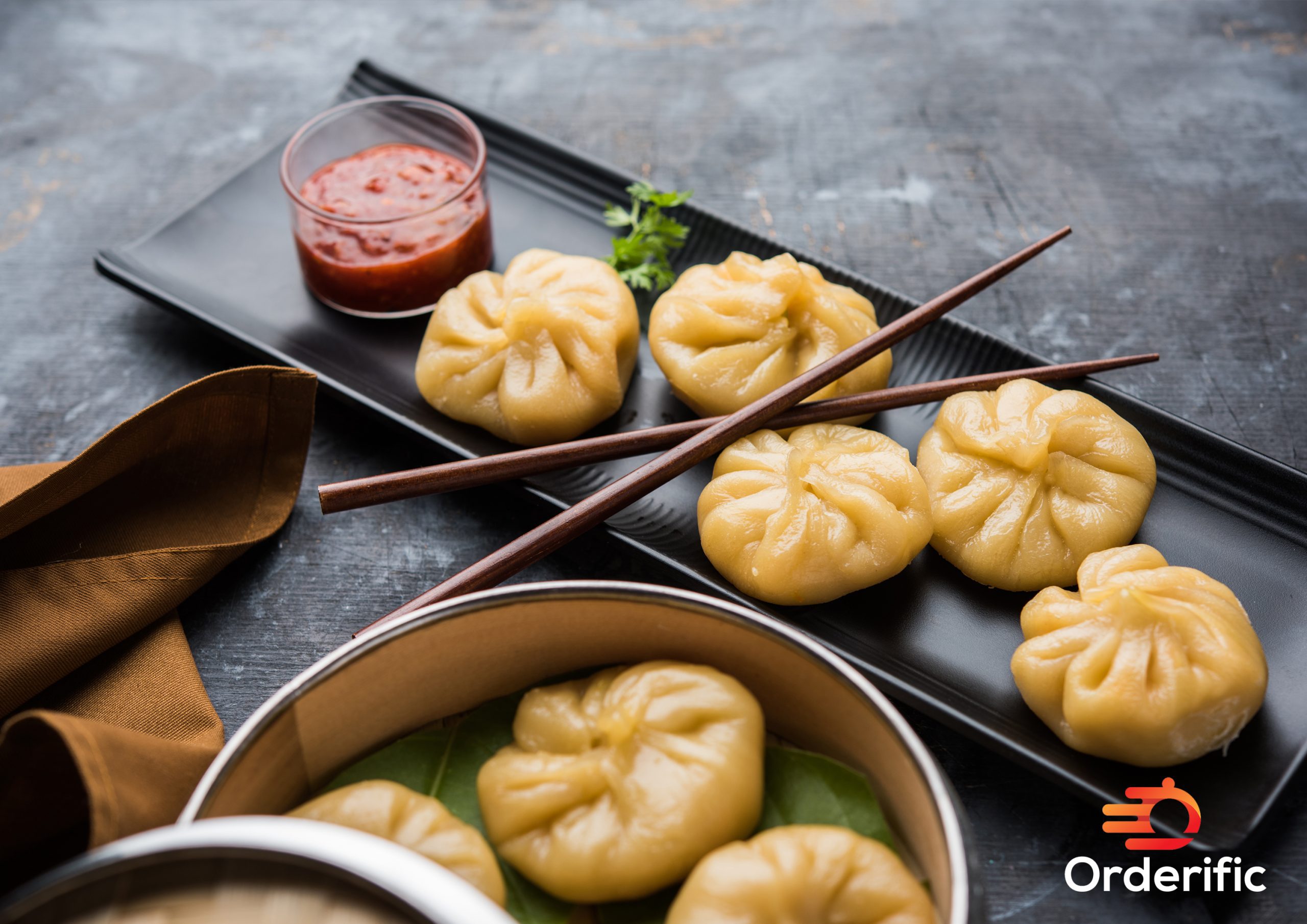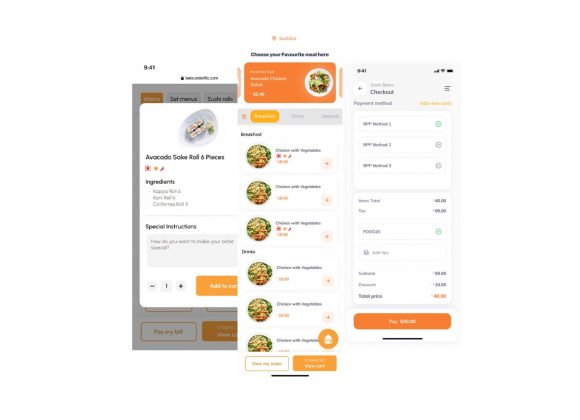
Thai cuisine serves one of the healthiest foods in the world. Most Thai dishes show immune-boosting and disease-fighting abilities due to their ingredients.
What sets Thai food apart is the use of unique herbs and spices in the dishes that add both flavor and nutrition to meals. Check out the numerous health benefits of cooking ingredients that make Thai cuisine healthy and tasty.
Nutrition of common Thai food ingredients
Galangal
Galangal is a common ingredient in Thai sauces, curry pastes, soups, and dishes. It is similar to ginger and turmeric in appearance and flavor. It is used extensively in Chinese and herbal medicine due to its healing qualities.
Studies suggest that it contains compounds that have the potential to kill cancer cells, fight inflammation and relieve pain. Galangal can help you treat
- Abdominal discomfort
- Digestion problems
- Deafness and heart disease
- Vomiting, seasickness, and motion sickness
- Blood circulation in hands and feets
- Diarrhea and arthritis
- Ulcers and stomach inflammation
Thai holy basil
Restaurants use Thai basil in curries, fried rice, and stir-fries. A study shows that holy basil oils and extracts can reduce stress, lower high blood sugar, and exert other therapeutic effects.
Coriander
Thai restaurants use fresh coriander due to its nutritional value and seed form due to its healing ability. Coriander can cure
- Gastrointestinal problems (like gas and bloating)
- Digestive problems
- Bacterial and fungal infections
- Loss of appetite
Turmeric
Turmeric has several health benefits due to the presence of an active compound, curcumin, which can reduce inflammatory effects and enhance brain functions.
It has the potential to protect people against diabetes and heart diseases and can also improve blood circulation and the digestive system.
Curcumin helps to relieve allergy symptoms or any condition caused by excess inflammation like arthritis or other bacterial infections. It is also a powerful antioxidant that can protect the body from damage by toxins and free radicals.
Lemongrass
Lemongrass, which gives a citrus flavor to Thai soups, is a good source of iron and potassium. This herb is used extensively in Thai cooking and Chinese medicine.
A study shows that lemongrass essential oil can prevent stomach ulcers and decrease high blood cholesterol levels. Lemongrass can also help you fight the following diseases:
- Flus and colds
- Fevers
- Headaches
- Abdominal pain
- Arthritis
- Fungal conditions
Coconut milk
Coconut milk, used in Thai curries and soups, contains good fat. A study shows that its consumption can significantly reduce LDL (bad) cholesterol while promoting HDL (good) cholesterol.
Coconut milk offers the following health benefits.
- Boosts immunity
- Modulates metabolic functions
- Fights aging
Bean sprouts
Bean sprouts are rich in several vitamins C and K and minerals. Vitamin K is a vital nutrient for blood clotting, while vitamin C helps in collagen production and maintaining a healthy immune system skin.
Chili peppers (Thai chilies)
Chili peppers contain various plant compounds, including capsaicin and capsanthin, which have several health benefits. Capsaicin has healing properties and can help fight cancer.
Fresh and dried chilies, a good source of vitamins, are added to many Thai dishes for flavor. Research shows that eating chilies keeps your heart healthy and helps maintain consistent insulin levels.
Seafood
Seafood is a good source of lean protein, vitamins, minerals, and healthy omega-3 fats. Research shows that regular seafood consumption lowers the risk of heart disease and type 2 diabetes.
Popular Thai dishes
A study shows that around 36.17% of people view noodles as a staple ingredient in Thai cuisine. Without them, they wouldn’t like to eat delicious dishes like Pad Thai. For healthier versions of cuisine, people prefer brown rice. Here are some popular healthy Thai dishes.
1. Tom Yum Soup
This classic Thai sour soup includes lime, chiles, galangal, lemongrass, and a perfect combination of spices. You can also add tofu, chicken, shrimp, or a combination of all, for a protein-rich option.
Tom yum is a broth-based soup, usually lower in fat and calories than soups made with coconut milk, which is a creamier and richer meal. Thais often eat this soup for cold and flu relief because of its antimicrobial, anti-inflammatory, and immunity-boosting properties.
2. Spring Rolls
Fresh spring rolls are a staple in Thai cuisine due to their calorie value of less than 140 each.
Spring rolls consist of fresh veggies like lettuce, carrots, cucumber, and basil, along with noodles, tofu, or shrimp, wrapped in a rice-paper skin. Thai restaurants often serve it with a delicious dipping sauce.
3. Papaya Salad
Papaya salad typically includes shredded green papaya, string beans, pomelo, peanuts, and tomatoes. It provides enough vitamin C content for an individual daily needs. The peanuts add protein and heart-healthy unsaturated fat to this exquisite salad.
Papaya is rich in antioxidants, such as lycopene, that exert anticancer effects and protect skin from aging and damage.
4. Pad Thai
The popular pad Thai dish is made of stir-fried rice noodles sauteed with spices, peanuts, bean sprouts, and eggs. Around 3.14% of Thai restaurants offer Pad Thai on their menus.
Some Thai restaurants may also add chicken and shrimp to Pad Thai. However, you can opt for vegetable Pad Thai which includes fewer calories since veggies provide more fiber and vitamins.
5. Green curry
Green curry includes chicken cooked with vegetables in a steaming hot broth, coconut milk, and green curry paste. The curry provides essential proteins, fiber, and carbohydrates and fulfills the daily iron intake of the body.
The total nutritional value of the dish is good due to the vitamins and minerals you can derive from the meal.
How Orderific can help restaurants
Orderific leverages the best technologies to enhance your customers’ experience at every level. It is an easy-to-use free web-based service that does not require heavy software downloads.
Orderific can increase your chance of success and profitability by offering:
- Digital menus for tableside ordering
- Integrating payments with loyalty programs
- Efficient POS systems for inventory management
- A free website builder for marketing and promotions
- Menu customization for better offerings
- Accurate insights and reports to make informed decisions
Customers can use Orderific to:
- Get fast service and delivery
- Customize their orders
- Access QR code menus
- Avoid waiting for their order
- Order and pay online
- Get coupons and discounts while exploring the digital menu
- Sign up for loyalty programs
You can connect with our team to discuss the benefits in detail.
Conclusion
Healthy Thai Dishes are made with various vegetables, protein sources like tofu, lean meat, or seafood, fresh herbs, and spices, and contain good fat like coconut milk or peanut sauces.
Commonly used veggies in Thai meals contain fiber, vitamins, and minerals. So eating Thai meals can help you maintain stable blood sugar levels, gain sustained energy, and lose weight.
Visit Orderific website for more information like this!
FAQs
What makes Thai food healthy?
Thai food can be healthy due to its use of fresh herbs, spices, and a variety of vegetables, which provide essential nutrients and antioxidants.
What’s the healthiest Thai meal?
One of the healthiest Thai meals is “Tom Yum” soup, a hot and sour broth loaded with herbs, shrimp or chicken, and vegetables.
What are 3 key ingredients in Thai food?
Three key ingredients in Thai food are lemongrass, kaffir lime leaves, and Thai bird’s eye chilies, which add unique flavors and aromas.
What are the 5 elements of Thai food?
The five elements of Thai food include sweet, salty, sour, bitter, and spicy flavors, often combined in dishes to achieve a harmonious and balanced taste.












